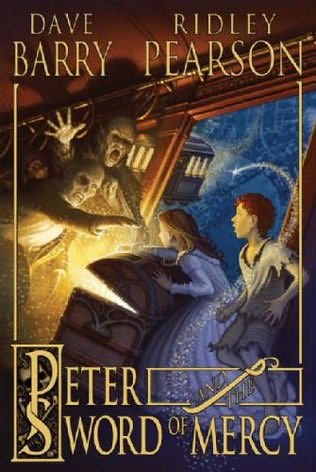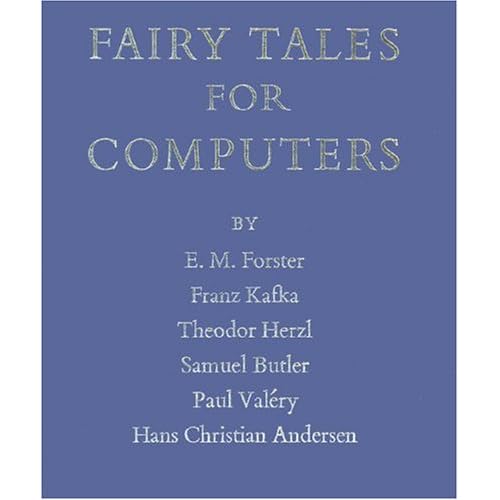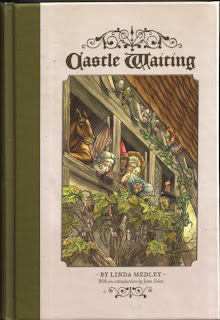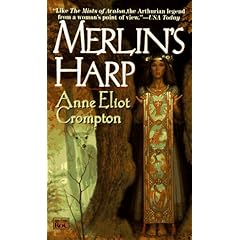This continuation of the adventures of Peter Pan is the first in the series that actively contradicts J.M. Barrie's story, while still sticking close enough to give it the sense that, "Oh, Mr. Barrie overheard part of THIS story, and that's where he got the idea for HIS story."
Which can be very effective, and I think my recommendation runs this way:
If you like anything at all to do with Peter Pan, and you love all the variations, then I definitely recommend this whole set. If you like additional material as long as it doesn't contradict the original story, then I'd suggest reading the original trilogy here, and skipping the latest one. If you're deeply devoted to Barrie's rendition of Peter, then I would probably not recommend this series.
In tone, it's a lot lighter than Peter Pan. While there is a strange sense of menace in Peter's forgetfulness and unpredictability, Barry and Pearson have made Peter into a more... human character, I think is how I want to put it. Barrie's Peter is always playing, even when it puts others in danger. Barry and Pearson's Peter has a stronger sense of responsibility and devotion to his friends. So if those aspects of the original story bothered you, this is definitely an interesting adaptation that you would probably enjoy.
My problem with this latest book was that there were too many characters. I think if I had read the other three more recently, that wouldn't have been a problem, but the authors leaned on their previous characterizations to make them familiar to me. The last fifth of the book, or so, is divided into at least six viewpoints of the action, and that's about when I started to struggle to get through it, although it wraps up nicely at the end. So, ehh, I hesitate to call that a bad thing, because if you've recently read the first three books, I don't think this would be such a problem.
Overall, I would say that if you liked the first three in this series, give this one a shot, too.
 Awesome, amazing, captivating book.
Awesome, amazing, captivating book.


























